Turtles are some of the oldest creatures on earth, and they have a wide variety of diets. Depending on the species, turtles can eat anything from plants to small animals.
Some turtles are omnivores that will eat both plant and animal matter while others may be herbivores or carnivores depending on their habitat and needs. Knowing what kind of turtle you have is important for understanding its diet so it stays healthy and happy.
In general, most types of turtles enjoy a varied diet that includes both plant-based foods as well as meat sources like insects or fish. Understanding exactly what your turtle should be eating can help ensure it gets all the necessary nutrients needed to stay healthy!
What Do Turtles Eat?
Plant-Based Foods
Turtles will often graze on a variety of vegetation and fruits in their natural habitat. Providing your turtle with a good selection of leafy greens, flowers, and fruits is important to get the vitamins and minerals it needs from its diet.
Common vegetables such as romaine lettuce, kale, carrots, peas, and squash are all good options. Fruits like apples, strawberries, bananas, and melons are also good choices for the occasional treat!
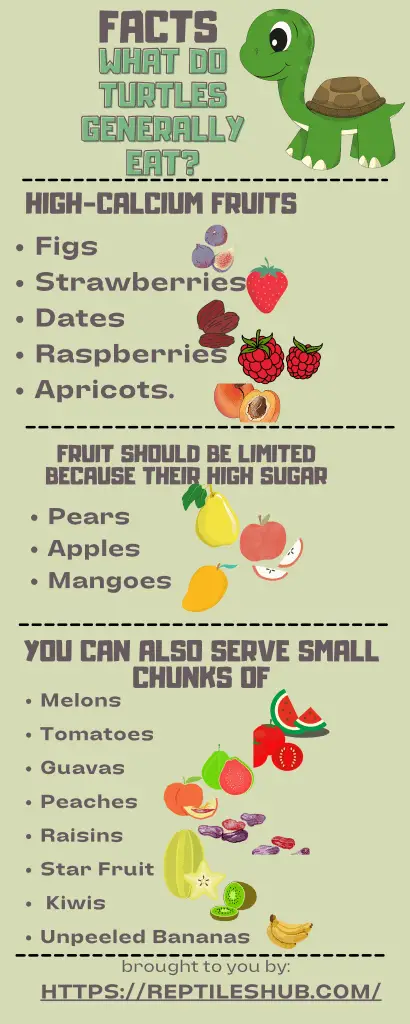
Created by https://reptileshub.com
Animal-Based Foods
In addition to plants, some turtles will benefit from giving them access to animal-based foods like insects or fish. Many baby aquatic turtles rely on protein sources such as small crustaceans and worms, while adult aquatic turtles can eat larger pieces of fish.
Even land-dwelling turtles can benefit from high-quality protein sources like crickets, waxworms, mealworms, or earthworms. Feeding your turtle animal proteins is important for helping them stay healthy and build strong bones and muscles.
WHAT VEGETABLES CAN AQUATIC AND SEMIAQUATIC TURTLES EAT?
Aquatic and semiaquatic turtles are omnivores that benefit from both plant-based diets as well as animal sources. Common vegetables like romaine lettuce, kale, carrots, peas, and squash are all good options for aquatic and semi-aquatic turtles.
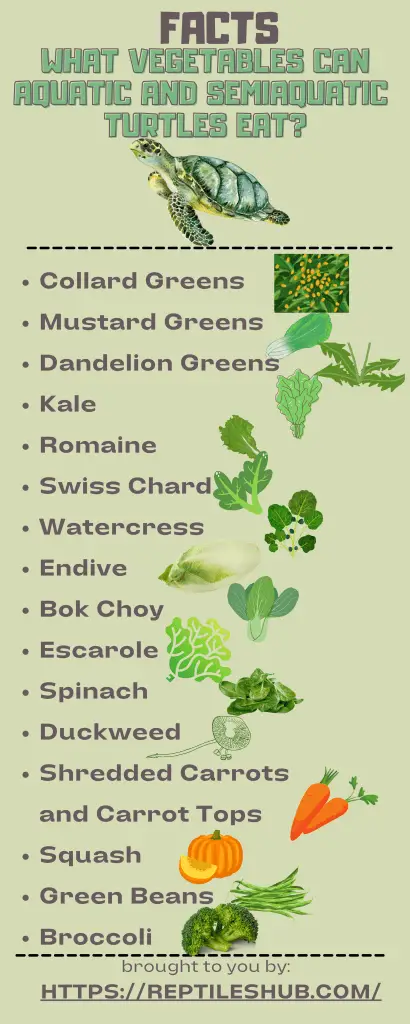
Created by https://reptileshub.com/
What Live Food Can Turtles Eat?
Live food sources such as crickets, waxworms, mealworms, and earthworms are all good options for providing protein to your turtle. These can be fed to aquatic turtles or land-dwelling species depending on their size and preferences. Smaller turtles will also benefit from baby brine shrimp or other small crustaceans.
When feeding live food to your turtle, it is important to select insects that are pesticide- and chemical-free. This will help prevent potential health issues from occurring in the long run.
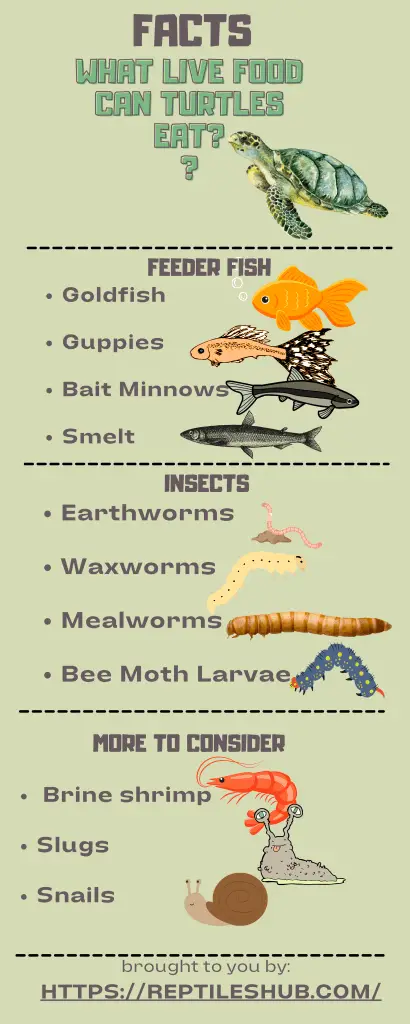
Created by https://reptileshub.com/
What Vegetables Are Toxic To Turtles?
It is important to remember that some vegetables can be toxic or dangerous for turtles if fed in large quantities. These include vegetables like potatoes, onions, garlic, and mushrooms as these can all cause digestive upset in turtles if fed in excess.
In general, it is best to avoid feeding any vegetables or fruits that are not specifically recommended for your species of turtle. Doing so will help ensure your pet stays healthy and happy!
FAQs
Can Turtles Eat Rice?
Yes, turtles can eat rice. Rice should be given sparingly as a treat and not form the basis of a turtle’s diet, however. Turtles need to have a balanced and varied diet that consists mostly of high-quality commercial food options and fresh vegetables. If fed too much rice, it could cause digestive issues for your turtle.
Is Caviar Safe for Turtles?
No, caviar is not considered a safe food to give to your turtle. It may contain bacteria or parasites that can be harmful to the turtle’s health. Additionally, caviar is high in salt and fat content, which can lead to issues like obesity or digestive disorders if eaten in excess. Stick with canned and fresh vegetables, commercial turtle foods, and treats like mealworms or wax worms as part of your turtle’s diet.
Can Turtles Eat Potatoes?
No, turtles cannot eat potatoes. Potatoes contain high levels of potassium and phosphorous, which can be toxic to turtles in large amounts. Additionally, potatoes, which are often found in supermarkets, can contain a lot of preservatives and added salt that could be harmful to your turtle’s health.
Can Turtles Eat Parsley?
Yes, turtles can eat parsley. Parsley is high in Vitamin C and other essential vitamins and minerals that are beneficial to your turtle’s health. cannot be eaten fresh as it may contain chemicals or mold that could make your turtle sick.
Can Turtles Eat Mushrooms?
No, turtles cannot eat mushrooms. Wild mushrooms may contain toxins that could be toxic to your turtle’s health and can even be fatal if eaten. Additionallyanned or cooked mushrooms can contain a lot of salt, which should be avoided in your turtle’s diet. Stick to high-quality commercial turtle food and canned and fresh vegetables as part of their diet.
Can Turtles Eat Onions?
No, turtles cannot eat onions. Onions contain high amounts of sulfur that can be toxic to your turtle’s health. Additionally, they are also high in nitrates and oxalates, which can cause issues like gout or kidney stones if eaten in large quantities.
Can Turtles Eat Birdseed?
No, turtles cannot eat birdseed. Birdseed is high in fat and salt content that can be harmful to your turtle’s health if eaten too often or in large quantities.
Can turtles eat crickets?
Yes, turtles can eat crickets. Crickets are a great source of protein and other essential vitamins and minerals that can benefit your turtle’s health. Make sure to only feed them live and unsalted crickets as regular treats for your turtle. Small amounts of mealworms or wax worms are also acceptable in moderation.
Can Turtles Eat Cucumbers?
Yes, turtles can eat cucumbers. Cucumbers are a great source of hydration for your turtle and provide essential vitamins and minerals like Vitamin A, potassium, and magnesium. Make sure to wash the cucumber thoroughly before feeding it to your turtle. and cucumbers should be avoided as they can contain a lot of added salt and preservatives that can be harmful to your turtle’s health.
Can Turtles Eat Bananas?
Yes, turtles can eat bananas in moderation. Bananas are a source of potassium, magnesium, and Vitamin B6 that can benefit your turtle’s health. However, bananas should not make up the majority of their diet as it is high in sugar content and should only be given as a treat in small quantities. Also, cooked bananas should be avoided, as they may contain added salt and preservatives that could be harmful to your turtle’s health.

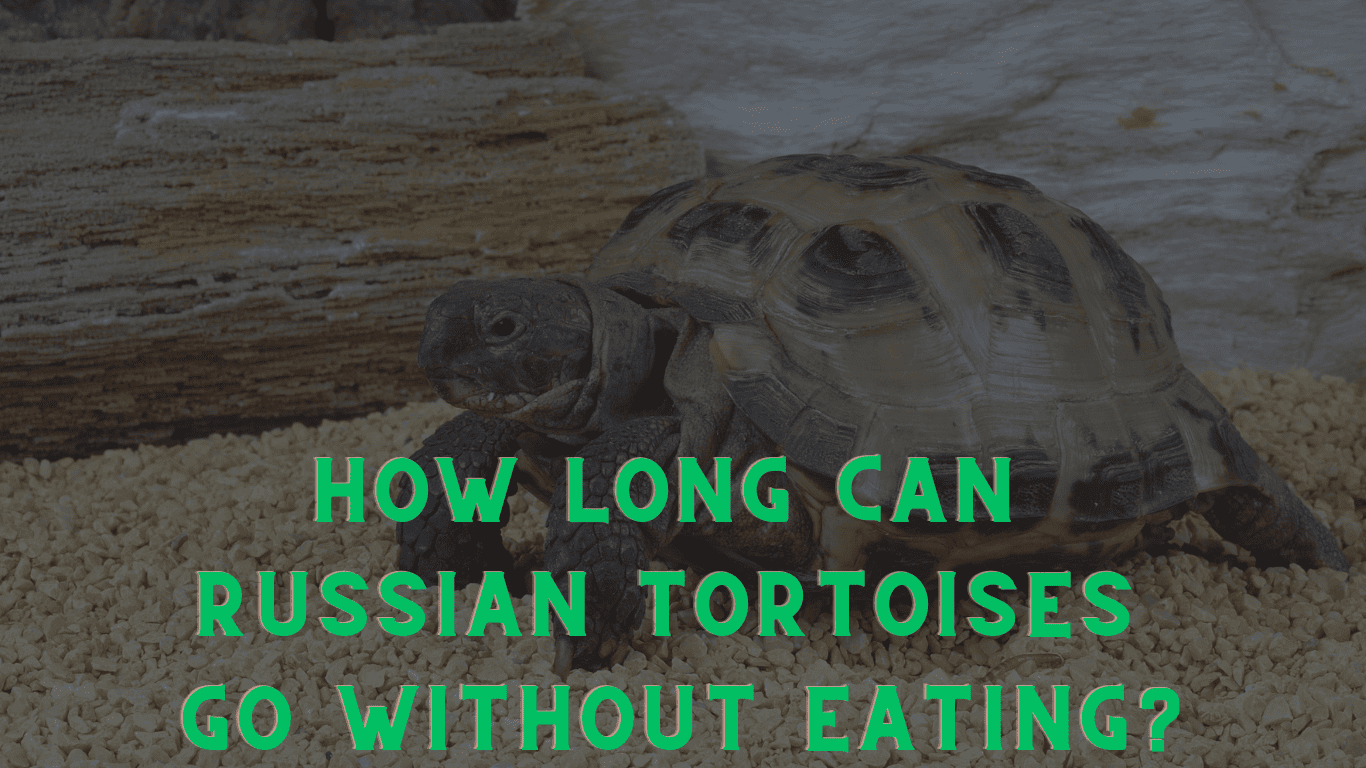
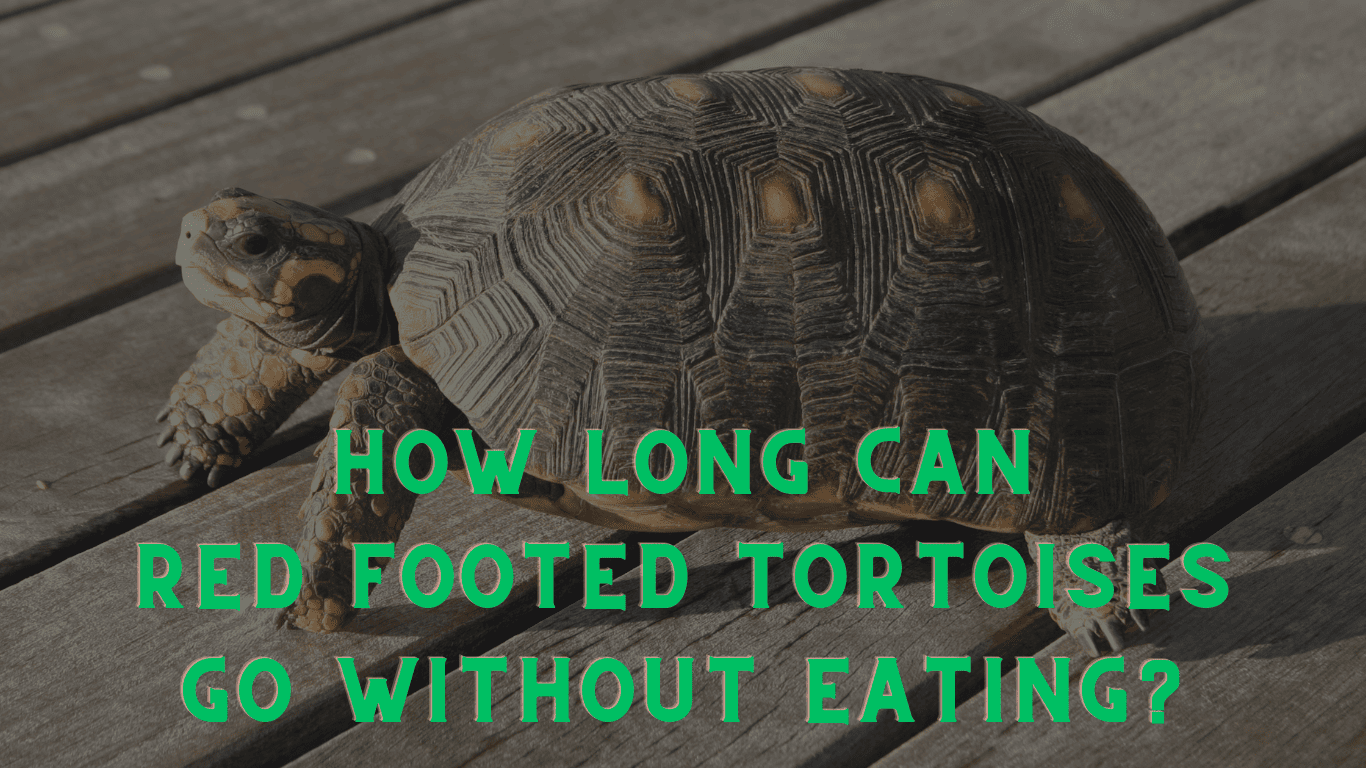
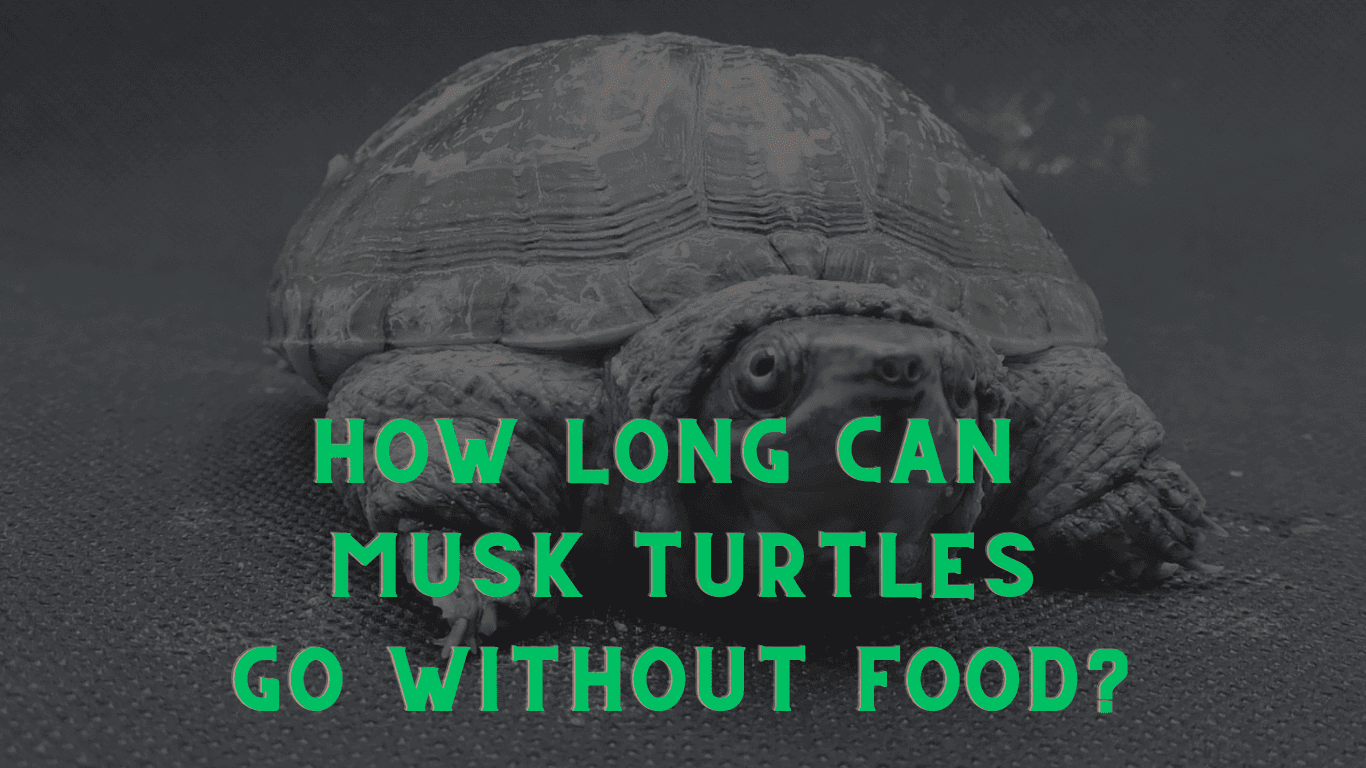
Leave a Reply